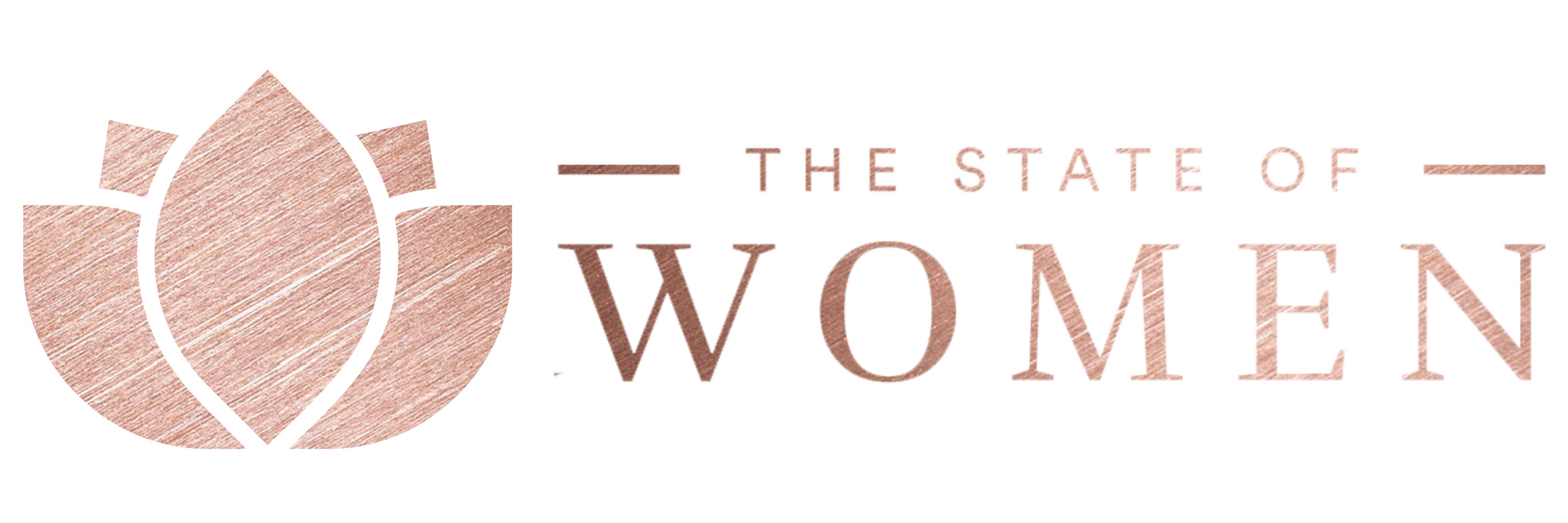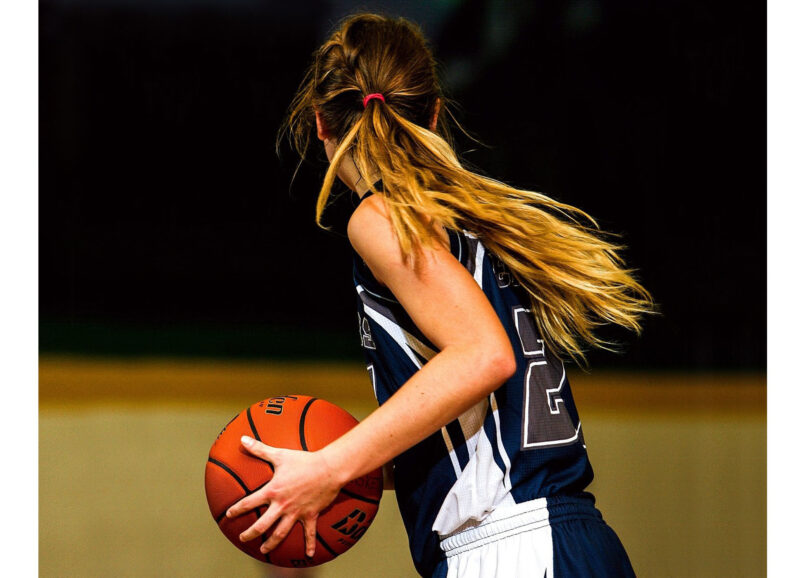By Satori Good
Following the coronavirus pandemic, women’s sports faced a setback in revenue and representation, regressing to 2017 levels of compensation and viewership. European company SportsPro conducted an illuminating interview of women in sports leadership positions who discuss how “more of women’s sports were sacrificed and the cancellations [lasted] longer than the male equivalent.”
But the rise in social media has increased visibility of women’s sports in 2021, and will continue to have a substantial impact on viewership in coming years, driving conversations and drawing attention to women’s sports—and the skilled, powerful athletes on the fields and courts.
In November 2020, Vanderbilt goalkeeper Sarah Fuller kicked off for the first time in a Power Five college football game. News of the kickoff was all over Twitter, and while it got mixed reactions, her achievement and the representation showed girls it is possible to get publicity and national recognition as athletes.
Let’s make history. #PlayLikeAGirl #AnchorDown pic.twitter.com/3SgBP1qZru
— Sarah Fuller (@SarahFuller_27) November 27, 2020
More recently, Katy Perry performed at the Women’s T20 Cricket World Cup. Viewership of women’s cricket increased past 1 million viewers in 2020. While 2021 viewing figures have not been released, it is safe to say the use of social media platforms like Twitter and Instagram to spread the word about this event—along with the event being held on International Women’s Day—broke the viewership record.
In the United States, women’s collegiate basketball has become an even greater moment due to TikTok publicity. Oregon player Sedona Prince recently hit one million followers. She posts content about playing in Division 1 basketball and the unequal privileges given to men’s teams in comparison to women’s teams, including food quality and weight room conditions.
@sedonerrrit’s 2021 and we are still fighting for bits and pieces of equality. ##ncaa ##inequality ##fightforchange
“Sedona is a fun and well-educated figure who has lots of persuasive power,” said TikTok user Hannah Patterson. “Her viewers are not just people who like sports but also people who support the LGBTQ+ community.” In this way, social media brings a spotlight to women’s sports for audiences who would not necessarily follow sports otherwise. TikTok gives a personal voice to female athletes and reaches younger generations like Gen Z and Alpha, who are reportedly less biased when it comes to women’s sports.
As the world opens, social media will continue to dominate sports advertising, and events like the Tokyo Olympics and the Women’s Rugby World Cup have the potential to reach an even larger audience. The only way women’s sports will truly gain traction is through media representation—giving women positions in sports broadcasting and coaching, and addressing inequities—and social media is a primary driving force behind this increased representation.
In the meantime; platforms like Instagram, Facebook, Twitter, and TikTok offer opportunities to inspire people to watch female athletes and empower younger women to get involved with sports. The trend—and the hype—continues: The matchup between the UConn Huskies and Baylor Bears last night took over social media as the Huskies narrowly defeated the Bears 69-67 after a roller coaster game with Baylor pulling ahead, Paige Bueckers coming back with a 19-0 run, and a controversial call on Baylor’s last possession. For every twist and turn, social media was there for it, discussing the details of the game—and the power and achievements of women athletes.
Satori Good is a freelance writer and student at the University of Iowa; connect with her via LinkedIn.



